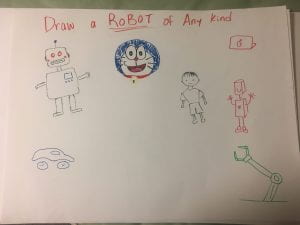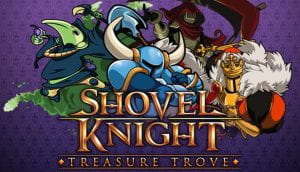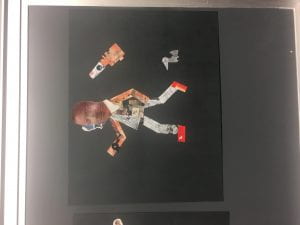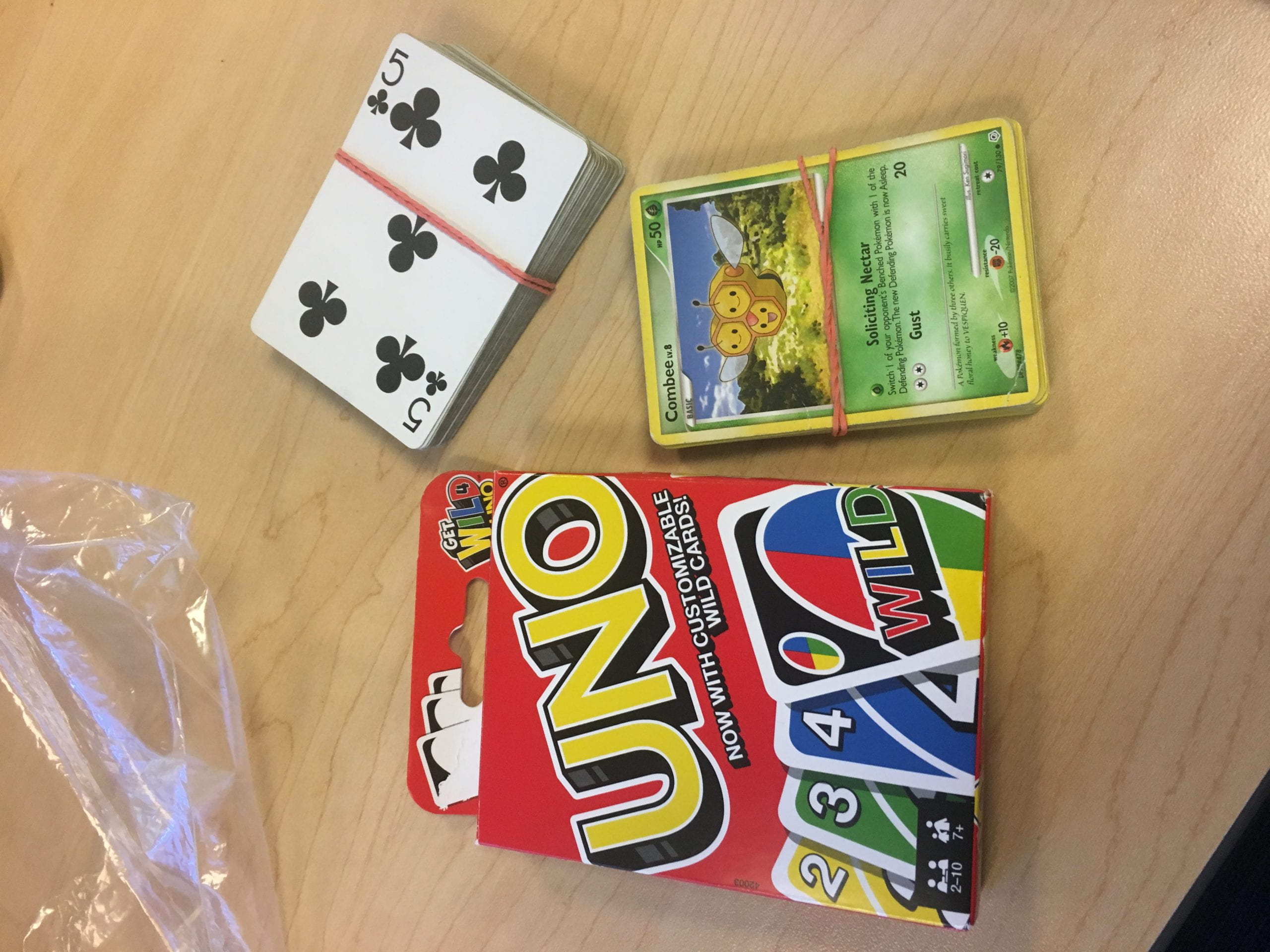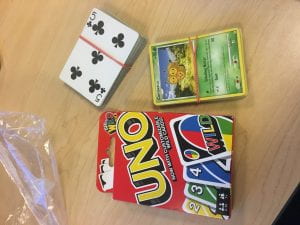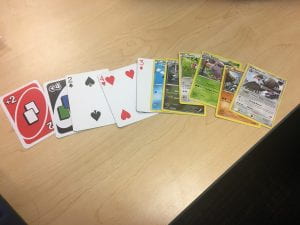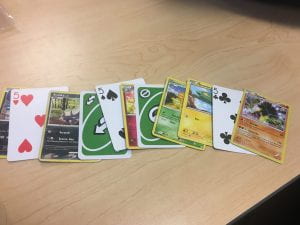For my art game I decided to create a game that tries to depicts social anxiety by using Minecraft. Weeks before the pitch meeting I was thinking of making an art game about loneliness or anxiety. I planned to use rpg maker to create a game that is largely empty to give players a sense of loneliness. I then give up on the idea and move on to an idea about decisions. This idea is inspired by a song that I was listening to where a line says “Life is multi-ending”. I thought about this line and wanted to create a game that is kind of against what majority art games depicts life. Unlike the an art game that was shown in class, life isn’t just a straight line. The choices we make determines the outcome and ending of our life. I then decided that I would be using Minecraft to create it. The reason is that Minecraft is also used as a adventure map maker by its players. Players can create minigames and map with commands and redstones in creative mode. I was thinking of making a map where the player make choices and collect stuffs. And their ending depends on the stuffs they collected. However, I thought that the game will be too boring even if the core idea is interesting.
So, I finally decided to make a game about social anxiety in the middle of the pitch meeting. I chose this theme because it’s something that I personally struggled with and want to express it. The game will depict how it feel when trying to make a new friend or even tries to talk to new people. The game will give you simple task such as “Talk to a person” and have a difficult task standing between the player and their goal. The difficult tasks will be difficult Minecraft minigames such as parkour and mazes. During these challenges there will be “voices” telling you to give up and discourages the player. This emulates how it feel during or potential social interactions. This function is inspired by the game “Loved” that was shown at the show and tell. If the player decides to give up there is a room at the end of the hallway that the player always have access to. The room is designed to be cozy to be the player’s safe space that people with social anxiety retreat to, usually their home/room. The environment also changes as player progresses through the level. The hallway becomes bigger, brighter and colorful to represent the player’s emotion. The safe room also changes to from dark and cozy to bright and empty as the safe room doesn’t seem necessary anymore. And a change to add on to that idea is the levels will get easier as player progresses through the game. This emulates the sense of courage with each successful attempts.
The game contains 4 different hallways that gets brighter and the final hallway, which is the ending.


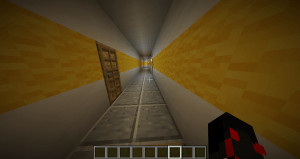
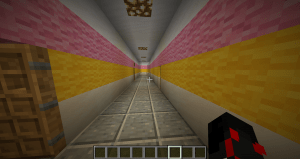
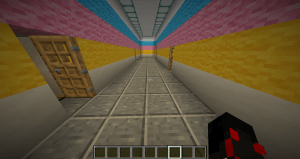
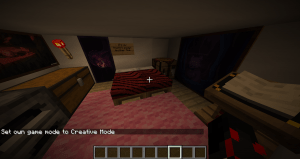
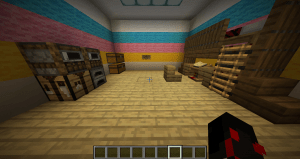
The first level is parkour and the player’s first task is to introduce yourself to “Sam”. Sam is a Minecraft dog that is suppose to represent the person that the player is trying to befriend. I chose the first level to be a parkour because it’s one of the hardest minigame in Minecraft, at least to me. However, it has proven to be difficult not only to me during the first play test.
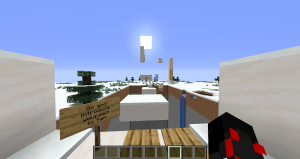
The second level is a dark maze with monster inside it. The monster is named “FEAR” and I made it to be invincible. The task is to talk to Sam more and the player have to get to the end while avoiding the FEARs. I put light up safe area within the dark maze where the player are invisible while being inside it. This was the third level of the game but I thought this is much more difficult than the previous second level. Play tester expresses the same thought and said that this is more difficult because you can’t see the goal.
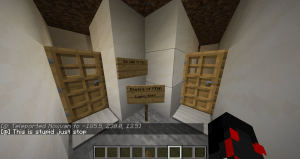
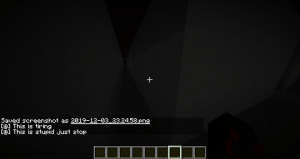
This is the current third level where previously this was the second. The reason for the change is that it’s easier than the current second level. Also if you’re lucky enough you can easily clear it. The task is to accept Sam’s invitation and the challenge is to reach the goal without being killed by the mob.
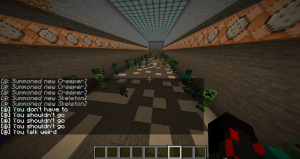
This is the final level which is a dropper. Dropper is a classic Minecraft minigame where the player have to thread the needle and fall into the hole. This is the easiest level of the game. The task is to invite Sam out which is something people with social anxiety can only do when they’re confident enough.
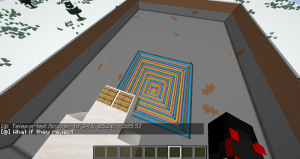
The final hallway is the ending where you’re finally close friend with Sam and escape the hallway. This gives a sense of liberation.
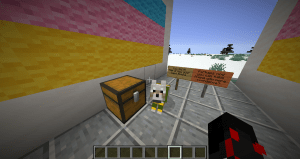
Appropriated material: Minecraft by Mojang


